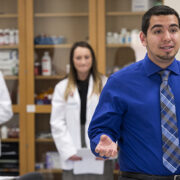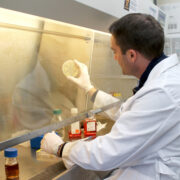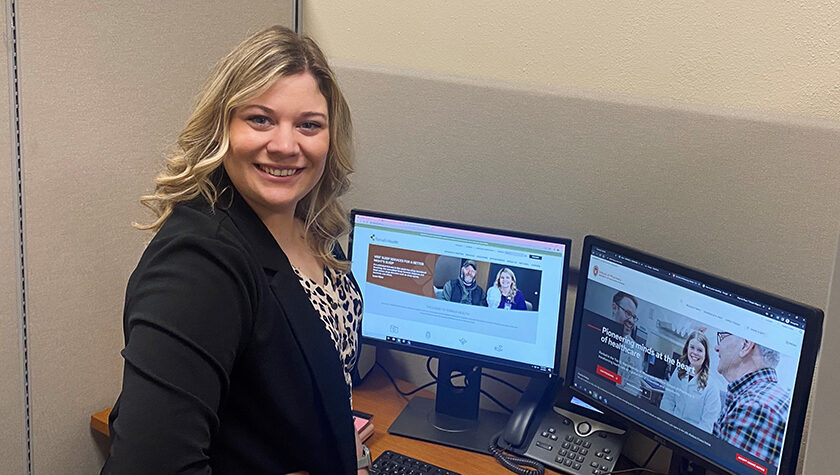
15
March

On a clinical rotation, PharmD student Kendra Isberner develops a pioneering antibiotic use tracking tool for a critical access hospital
By Olivia Bouchard
Antibiotic resistance continues to be an exigent and global threat, leading organizations like the Centers for Disease Control and the Joint Commission — which accredits healthcare organizations eligible for Medicare and Medicaid reimbursement — to require hospitals and clinics to implement rigorous antimicrobial stewardship programs.
“One of the areas I have struggled with is obtaining antimicrobial use data from our electronic health records (EHR) that we can track longitudinally over time,” says Scott Mihalovic, pharmacist at Tomah Health in Tomah, Wis., who leads the hospital’s antimicrobial stewardship program. “As an independent critical access hospital, we have limited resources to meet this goal.”
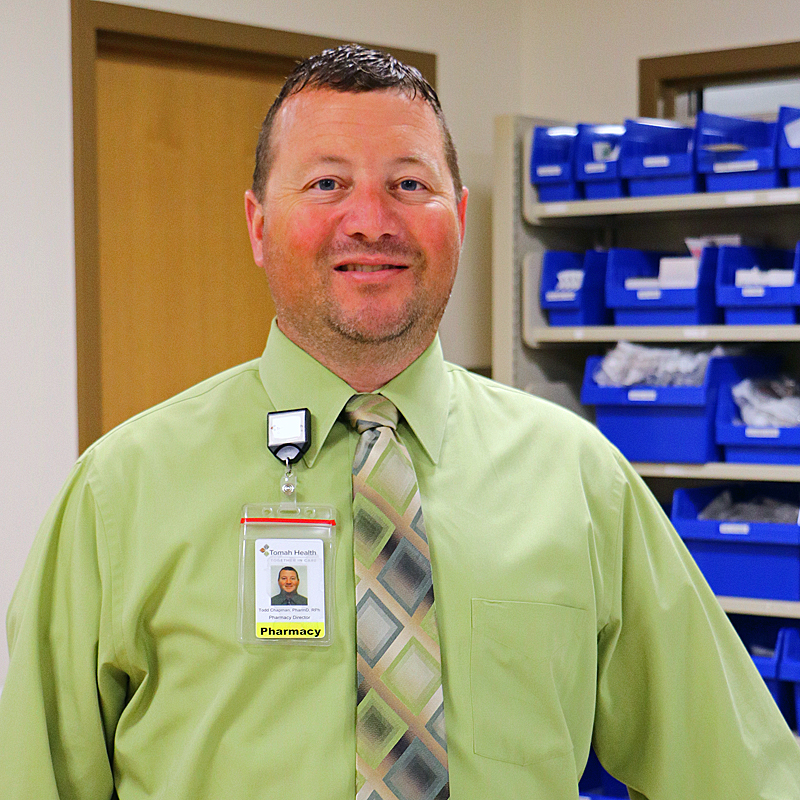
When Kendra Isberner, fourth-year PharmD student at the University of Wisconsin–Madison School of Pharmacy, went to Tomah Health to complete one of her Advanced Pharmacy Practice Experience (APPE) rotations, Mihalovic asked her to explore the hospital’s options to meet a Joint Commission requirement for monitoring antimicrobial use metrics. As Isberner pored over options for software and programs to help build this report, she had a different idea: building one herself.
“Since Tomah Health is a small hospital, I thought it might be easier to run a report in our EHR system and then create a computing spreadsheet to automatically calculate the metric we needed,” she says.
The report she created during her APPE rotation has helped transform the hospital’s efforts and helped them meet the Joint Commission requirement, which has been years in the making.
“Kendra’s creativity and experience with data allowed Tomah Health to be able to run, assess, and report our specific antimicrobial stewardship data,” says Todd Chapman (PharmD ’04), director of pharmacy services at Tomah Health. “This data will be a required aspect of antimicrobial stewardship programs moving forward, and thanks to Kendra’s hard work, we are able to meet this standard.”
Enterprising problem-solving
Isberner completed her APPE rotation at Tomah Health as a capstone experience for the School’s Rural Health Named Option in the PharmD program — one of more than a dozen ways student pharmacists can personalize their PharmD curriculum, including a concentration in antimicrobial stewardship.
In her short six weeks spent at Tomah Health, she was able to build a groundbreaking tracking dashboard for the hospital’s antimicrobial use.
“In less than six weeks, without a lot of oversight or direction, Kendra took the initiative and put this together for us, and I plan on using her work going forward.”
—Scott Mihalovic
She began by creating a monthly report in their EHR software, listing every antibiotic administered to every patient, which could be run for specific departments or the entire hospital. Isberner then created a companion spreadsheet program to convert this EHR data into antimicrobial days of therapy, which is the required metric the hospital was targeting.
“I have had two different healthcare facilities’ informatics teams try to help us get what Kendra produced over the past three years, and up until now, I have still been waiting,” says Mihalovic. “In less than six weeks, without a lot of oversight or direction, Kendra took the initiative and put this together for us, and I plan on using her work going forward.”
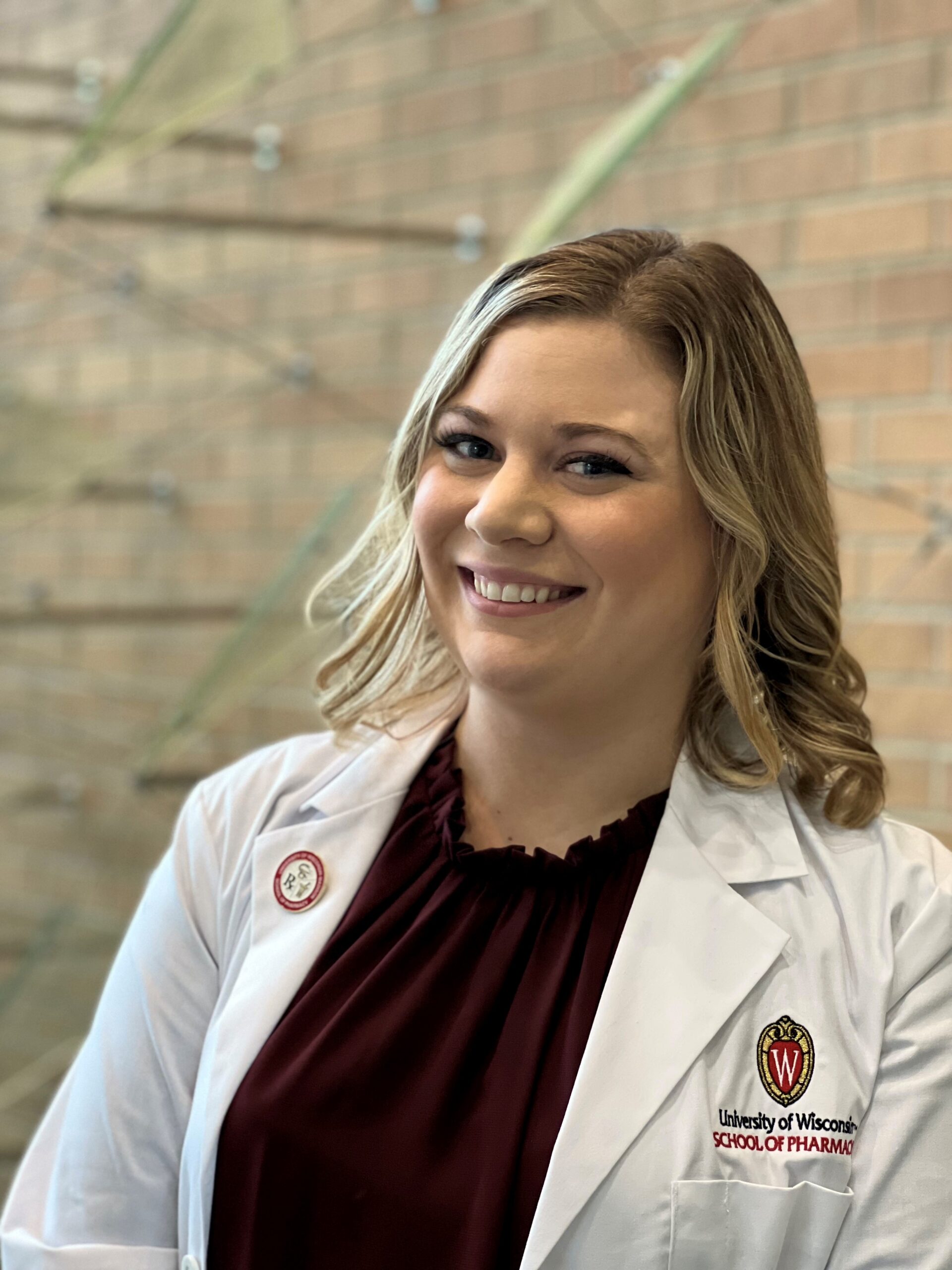
By importing the usage data from their EHR into a spreadsheet, Isberner could create formulas and calculations to replicate the work of software that could have otherwise cost the hospital hundreds of thousands of dollars.
In one spreadsheet, the report included the number of times daily that each patient received an antibiotic, which allowed her to easily find the number of days they were administered antimicrobial therapy. In a second spreadsheet, she created a list of antibiotic names and a column that would autopopulate with the days of therapy for each antibiotic listed on the first spreadsheet.
“What the Joint Commission requires for this metric is the number of days that antibiotics were administered to patients, standardized by the total number of days patients were in the hospital throughout a given month,” says Isberner.
This “antimicrobial days of therapy” metric is calculated per 1,000 patient days in the hospital — including patients not receiving antibiotics — and this standardization allows hospitals to compare their antibiotic use to other health systems of various sizes. So, she had one final calculation to add to her dashboard.
“I felt accomplished and proud of what I was able to give back to Tomah Health after they spent six weeks teaching me so much,” says Isberner. “I hope this project can continue to be useful for years to come and that the cost savings can be used to enhance the already great patient care that Tomah Health provides.”
Commitment to rural health
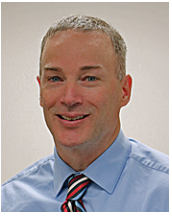
Isberner presented her final product on the last day of her APPE rotation, complete with a recorded “how-to” for staff members who were not present. Mihalovic thinks that the ingenuity of Isberner’s project could benefit other critical access hospitals who are also struggling to meet the requirement of tracking antimicrobial days of therapy.
“Working in a critical access hospital, sometimes you don’t have all the resources that you need, and you have to find some way to get them, even if it means doing it yourself,” says Isberner.
Her experience identifying a need, troubleshooting solutions, and persevering through setbacks will ultimately benefit her future practice, she says. After graduation, she is considering working in a small health system outpatient pharmacy or returning to an environment like Tomah.
“I grew up in a really small town, and it’s always been my dream to go back and work with my community,” says Isberner. “Doing this rotation at Tomah Health made me realize how much I liked critical access hospitals because you get to do a little bit of everything, whether it’s triaging or stabilizing patients, possibly treating them or getting them to a higher level of care. You never know what you’re going to get.”


